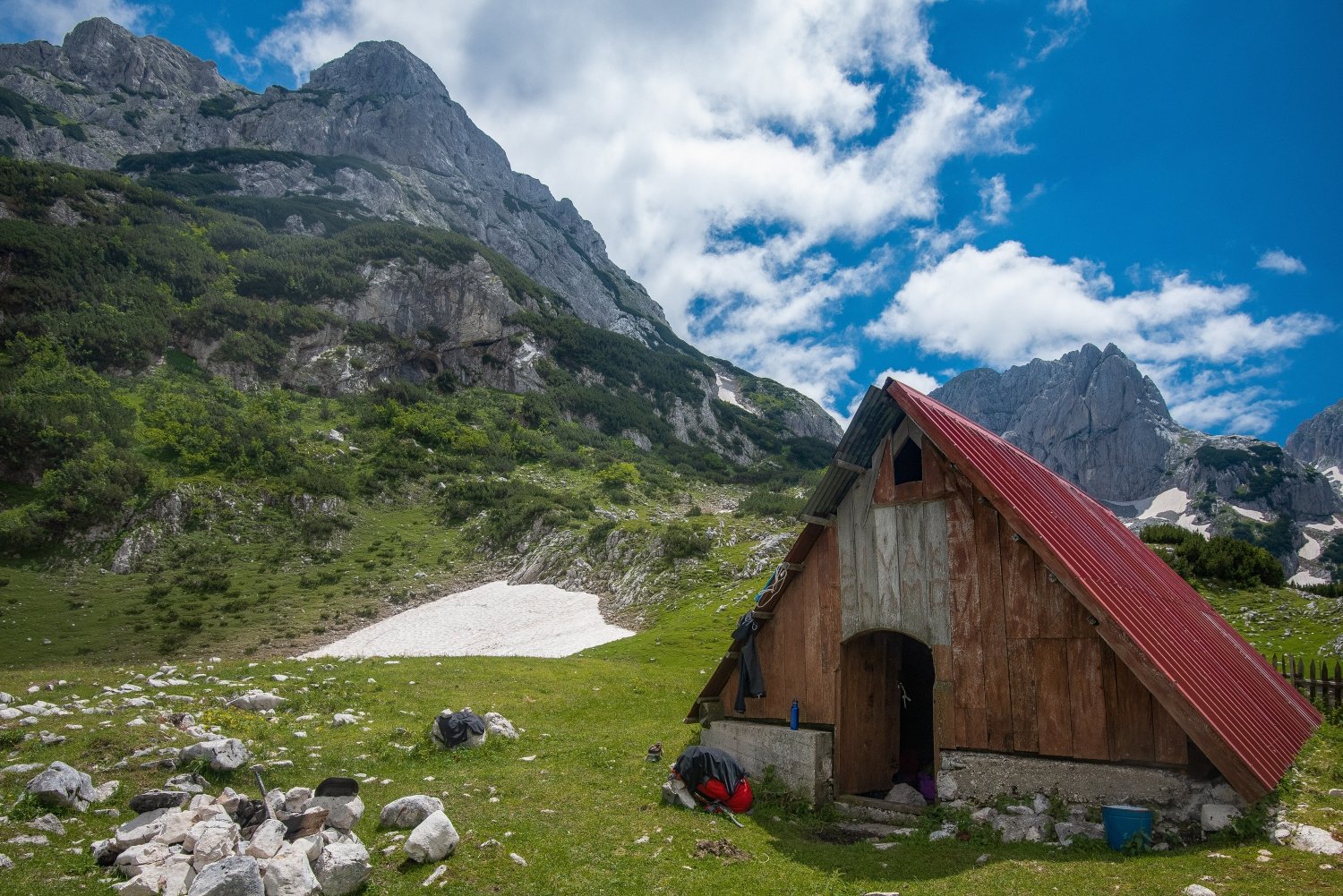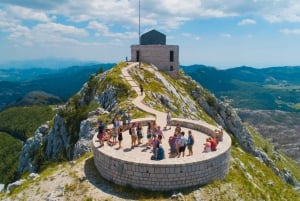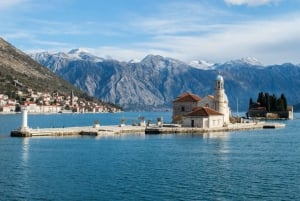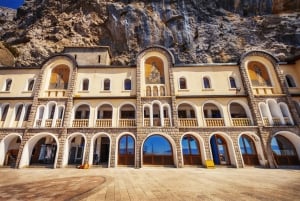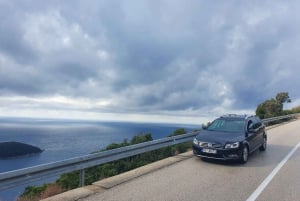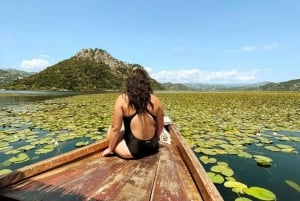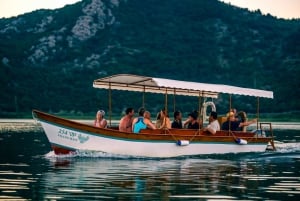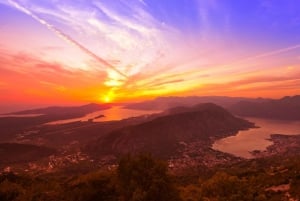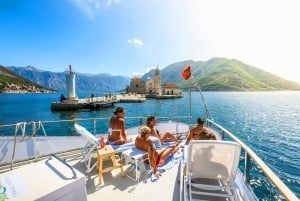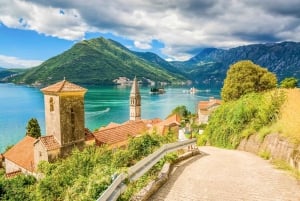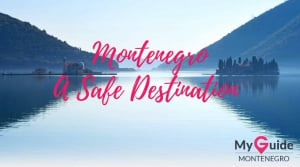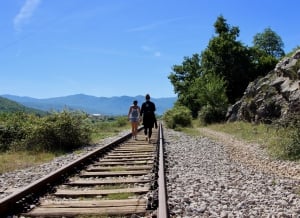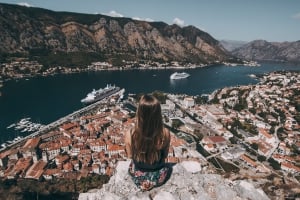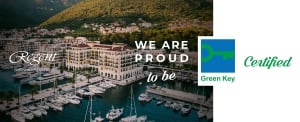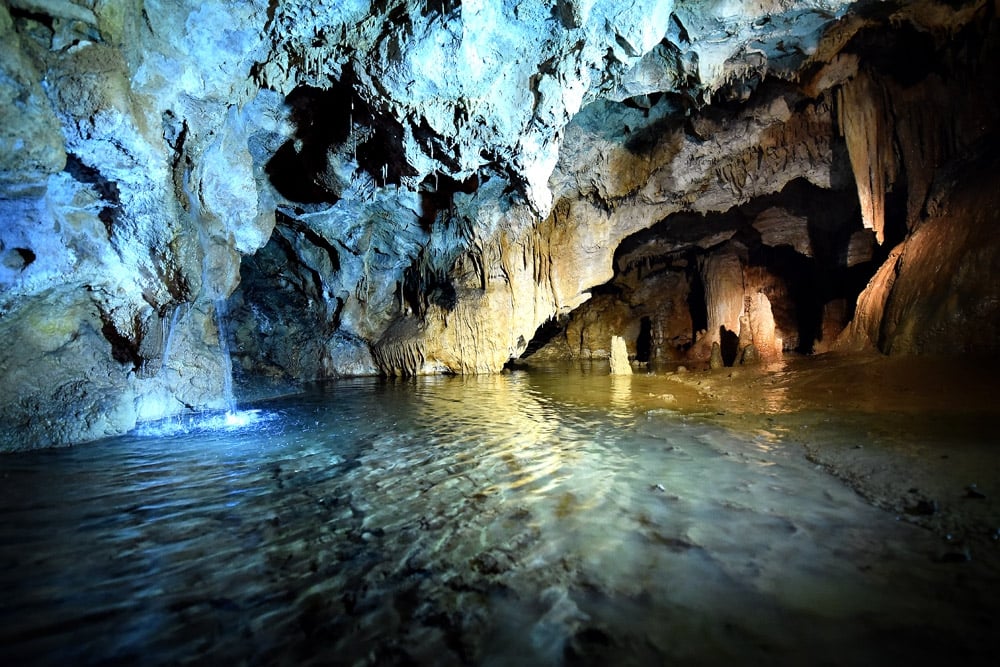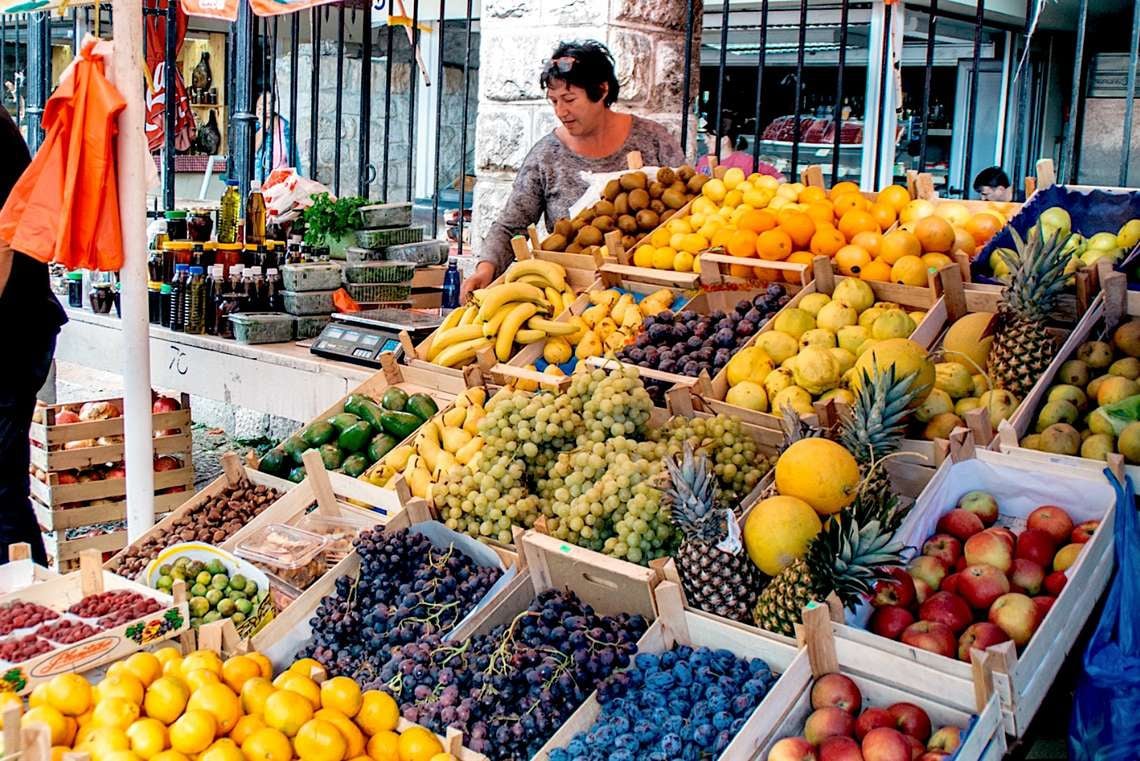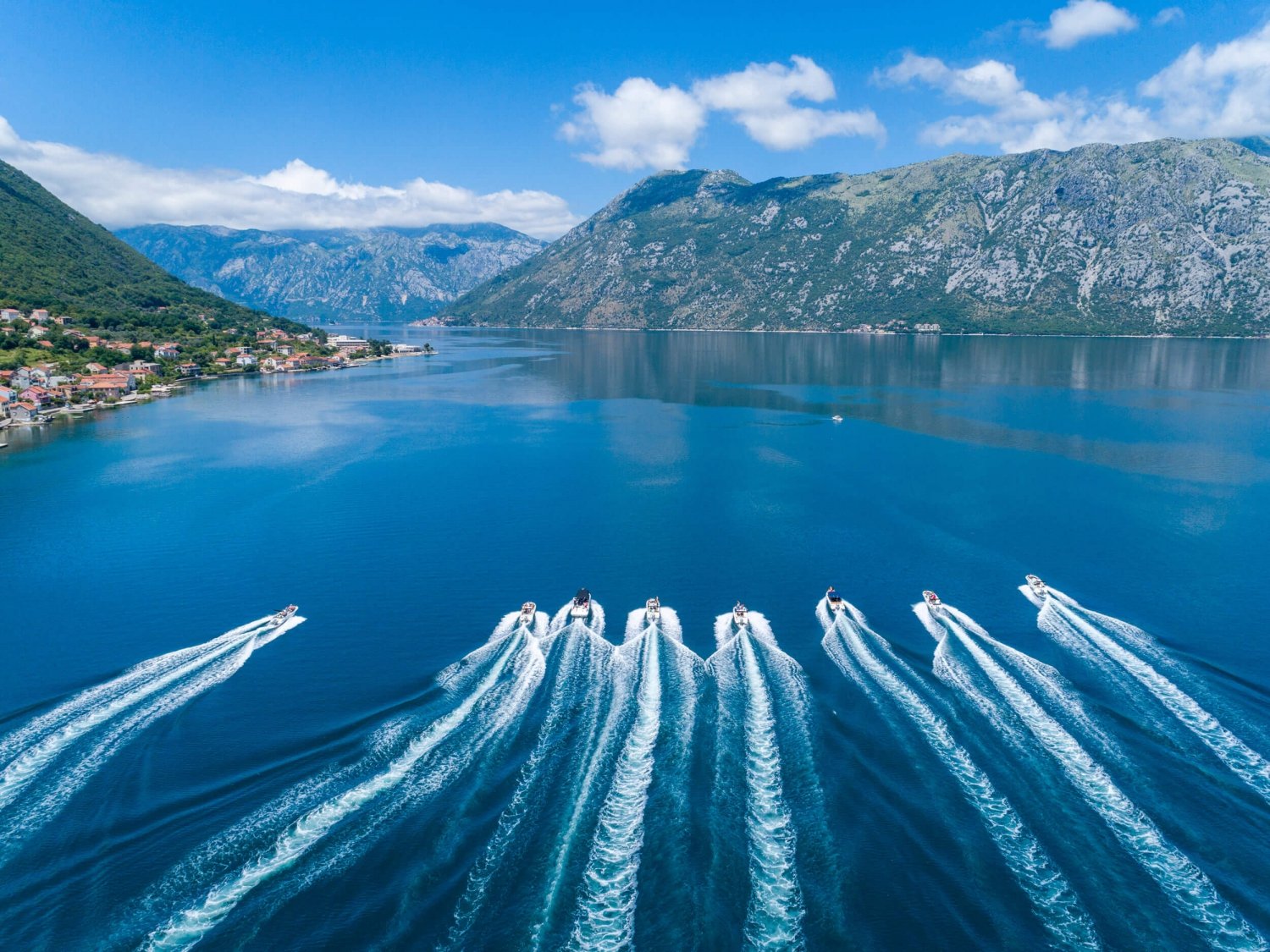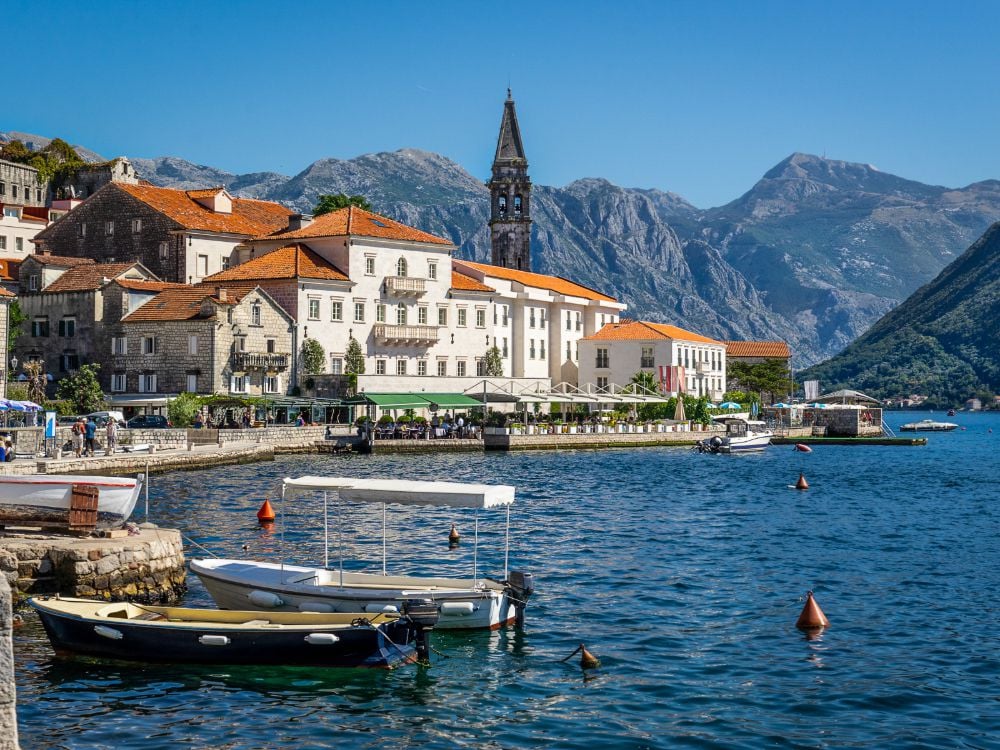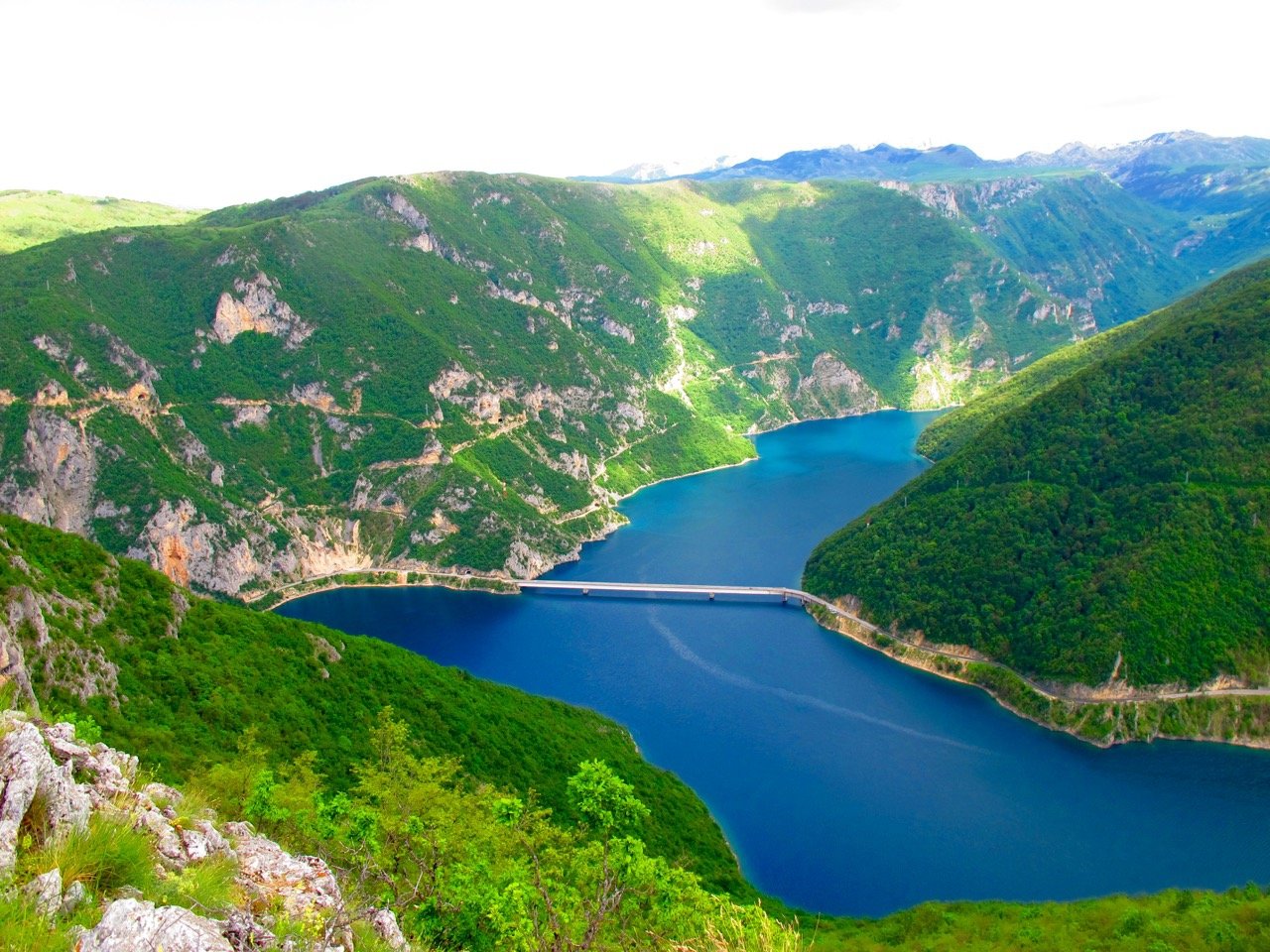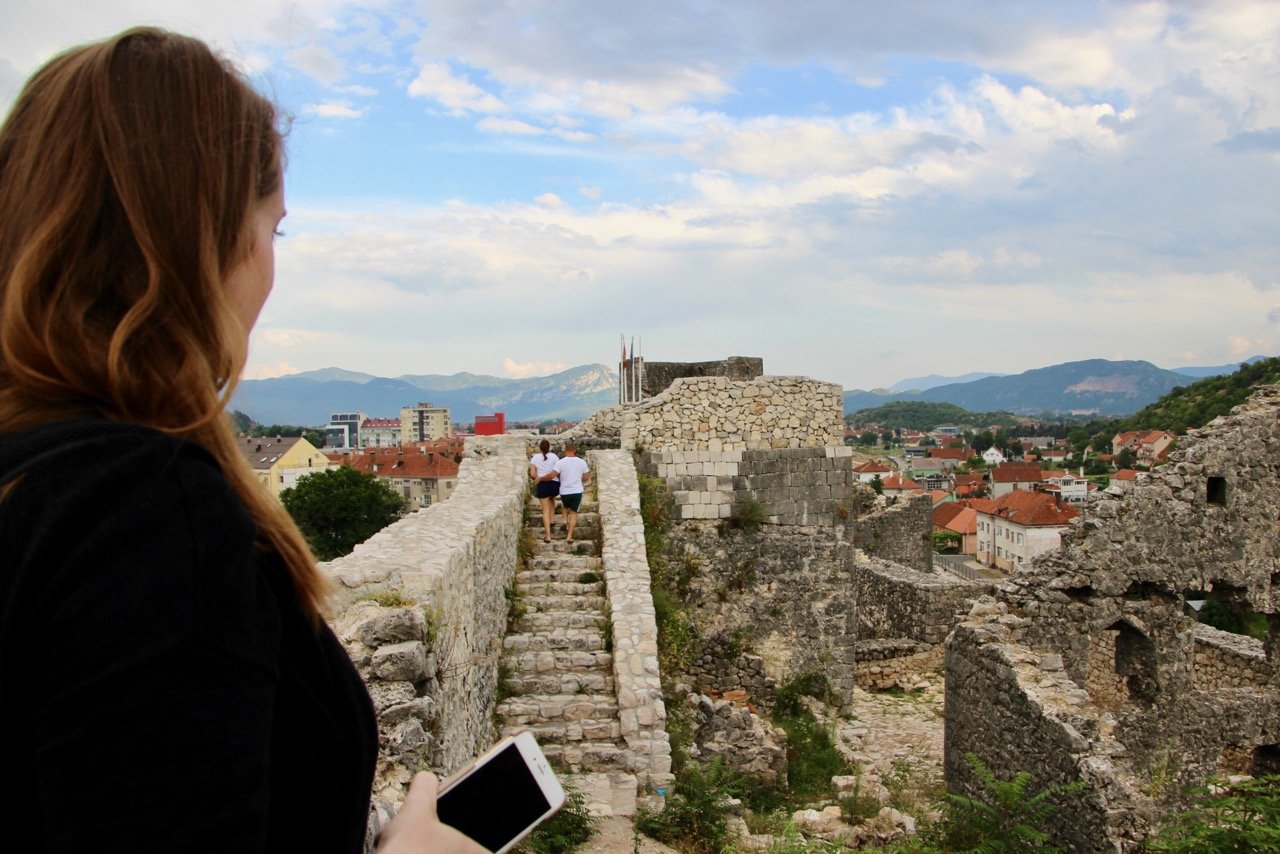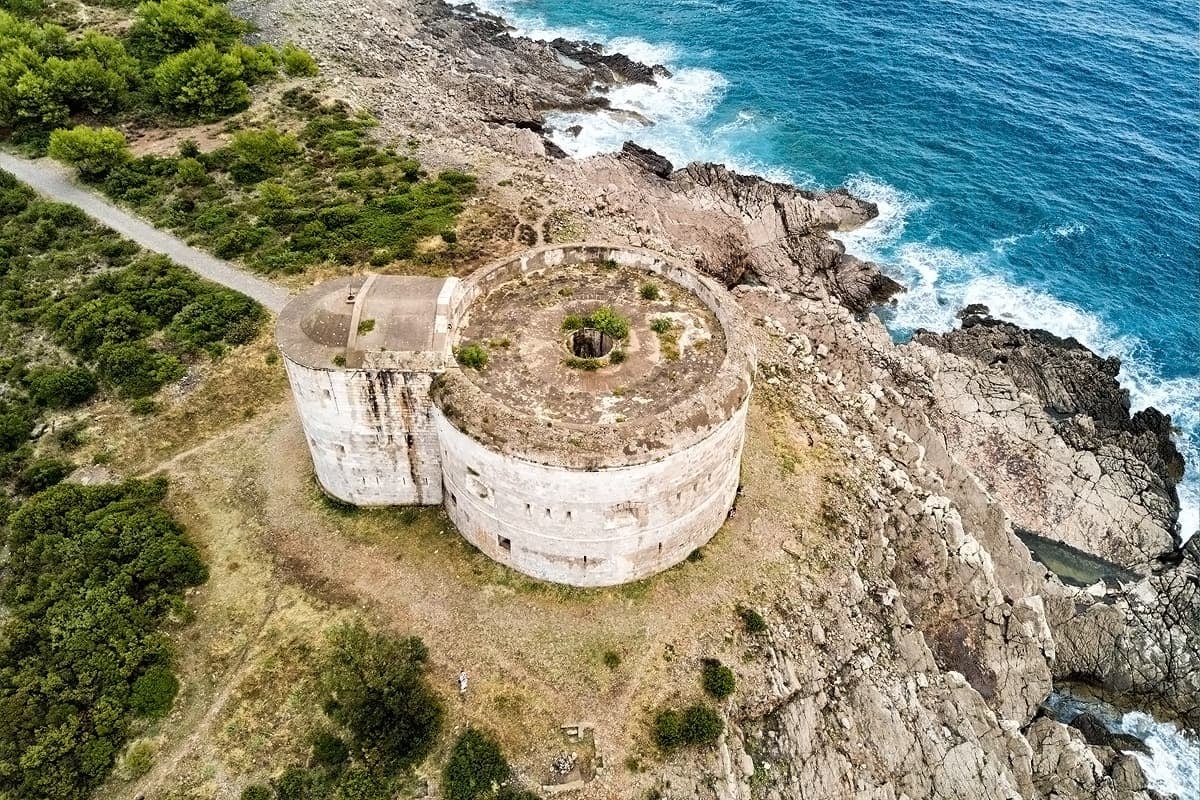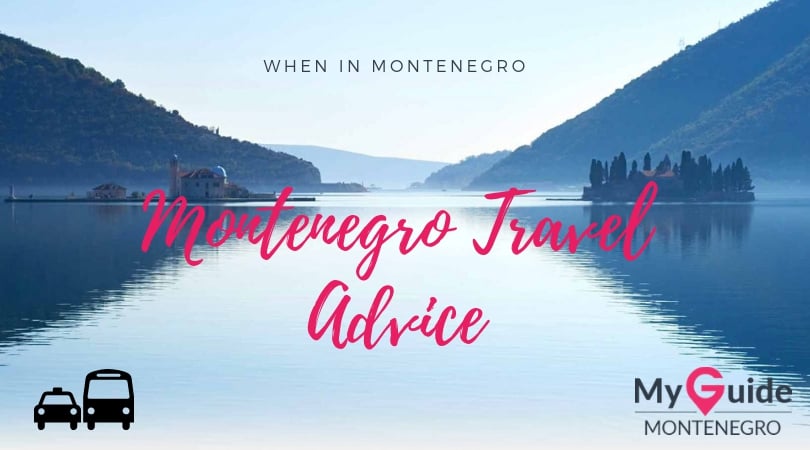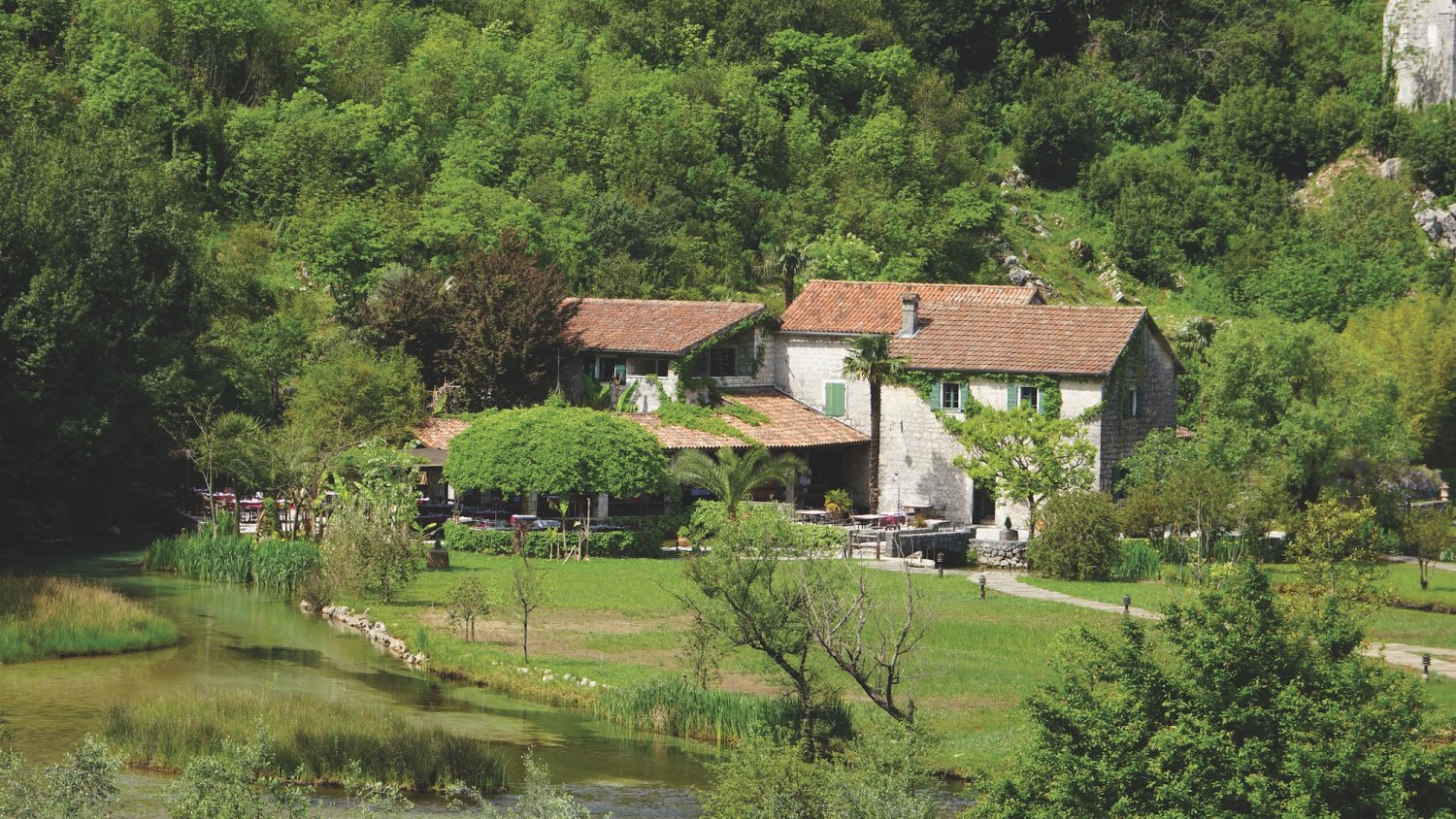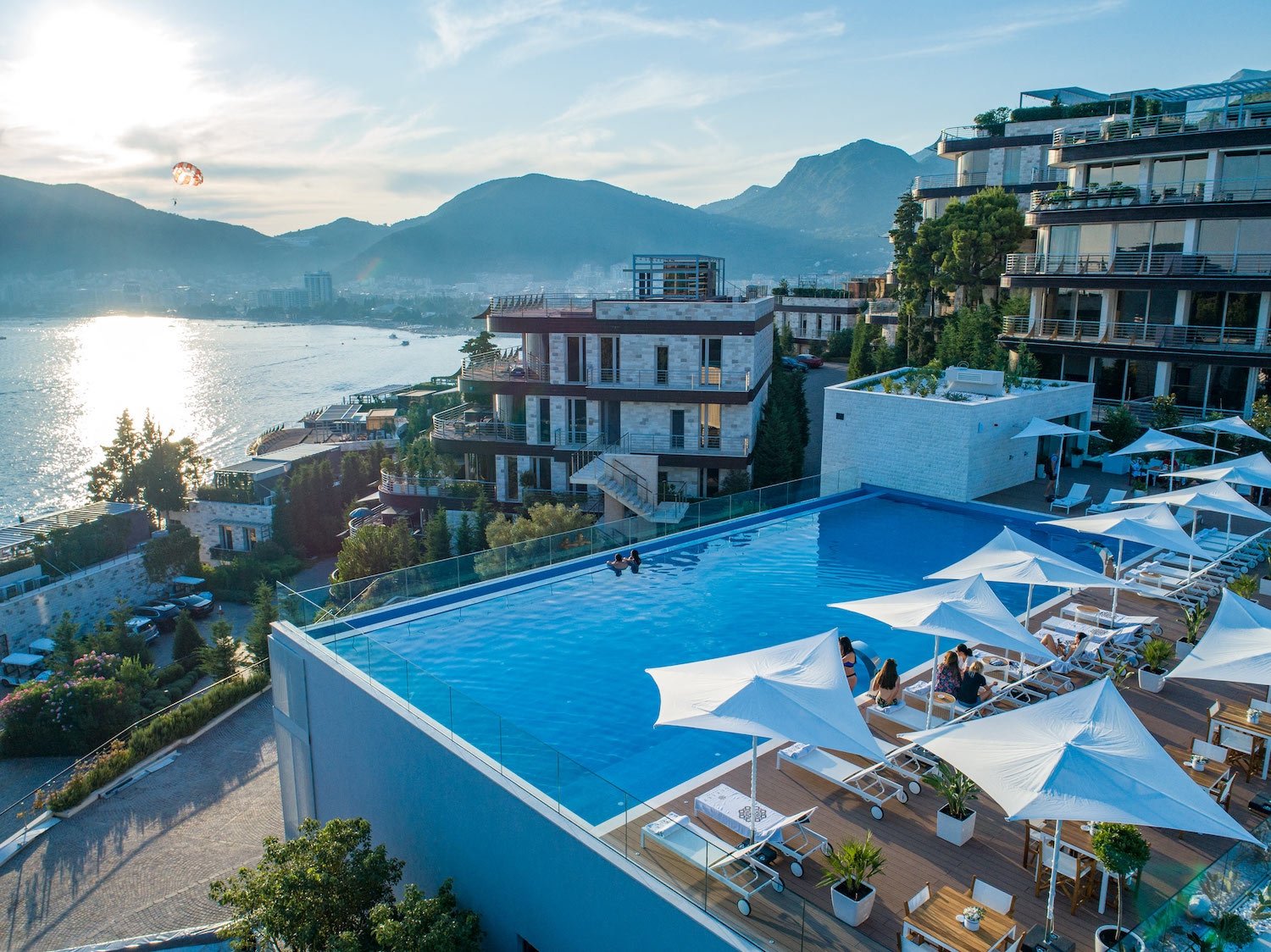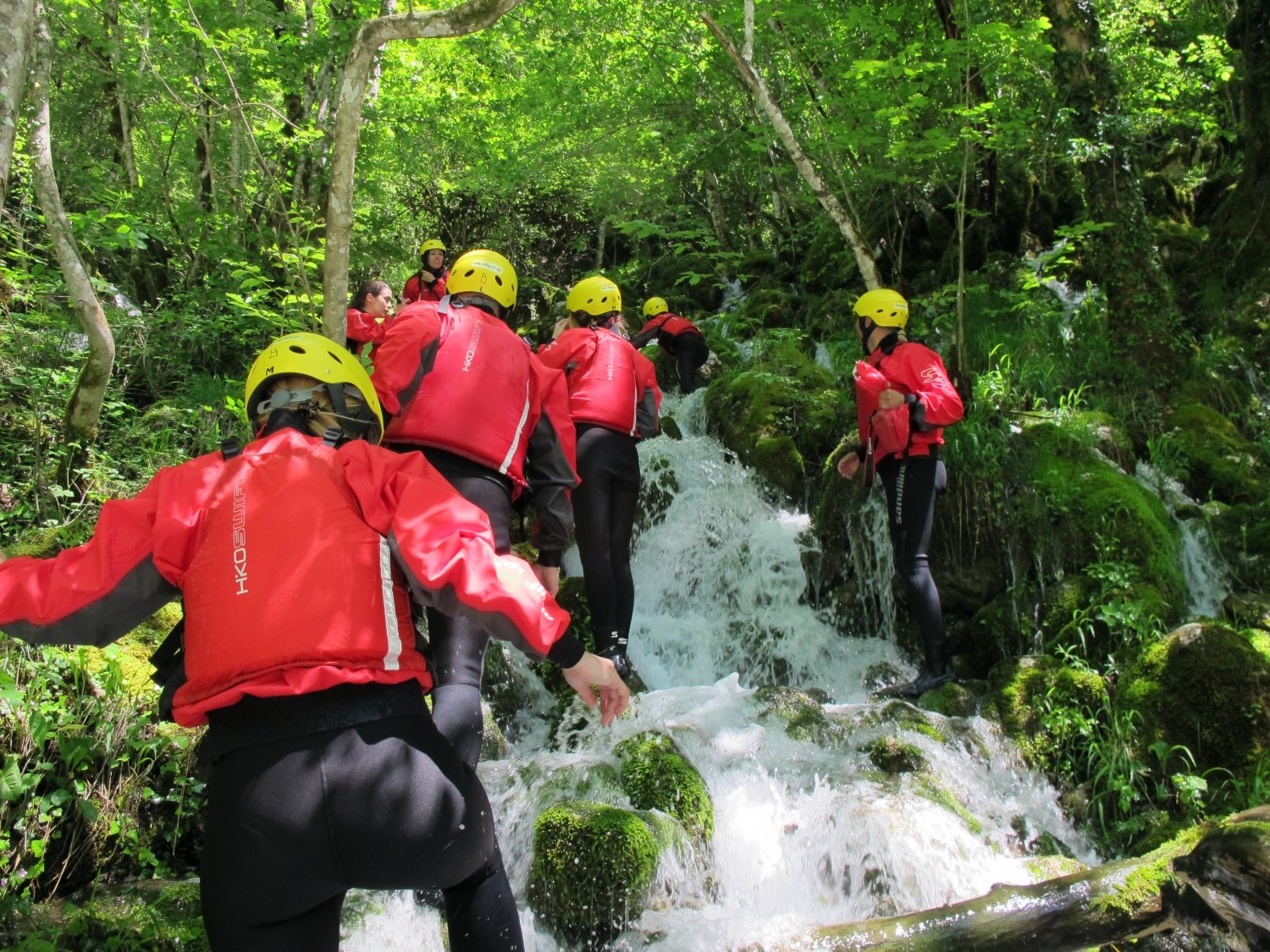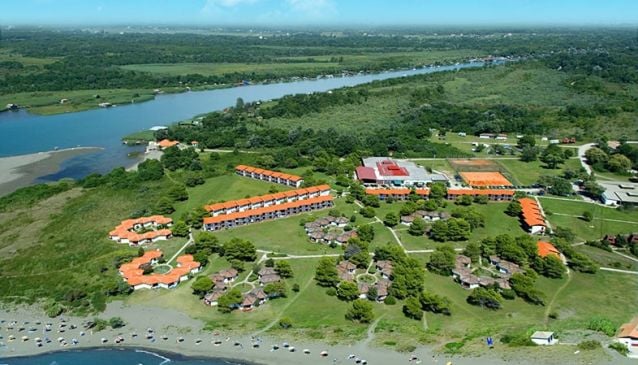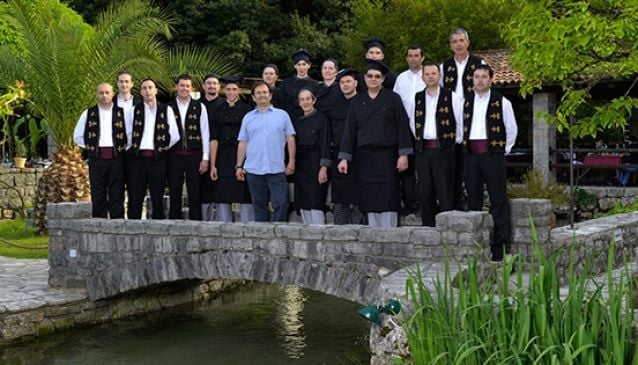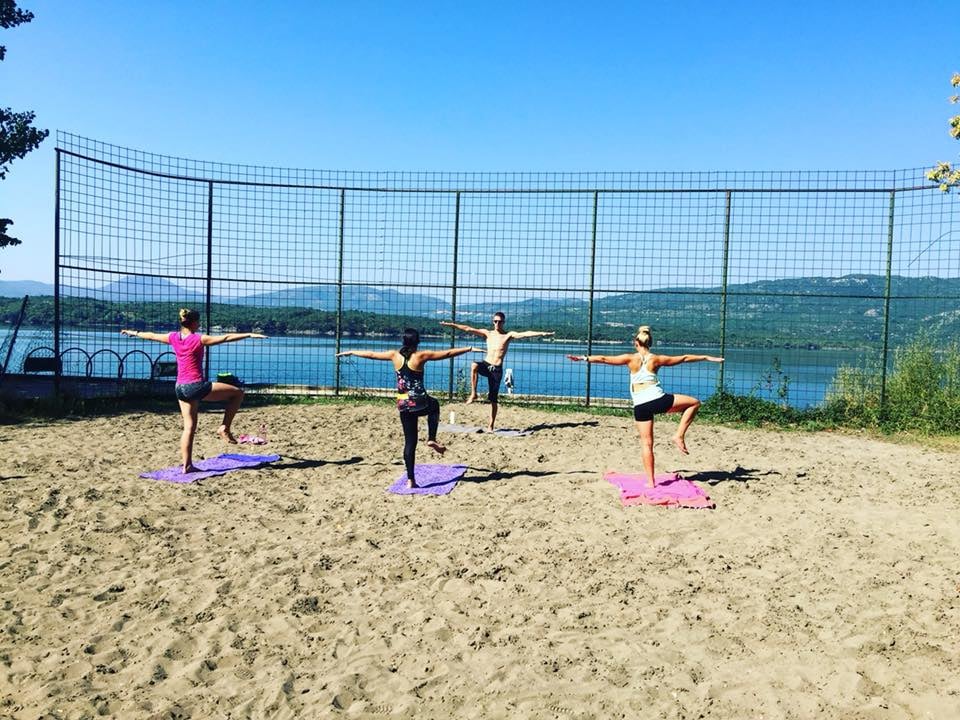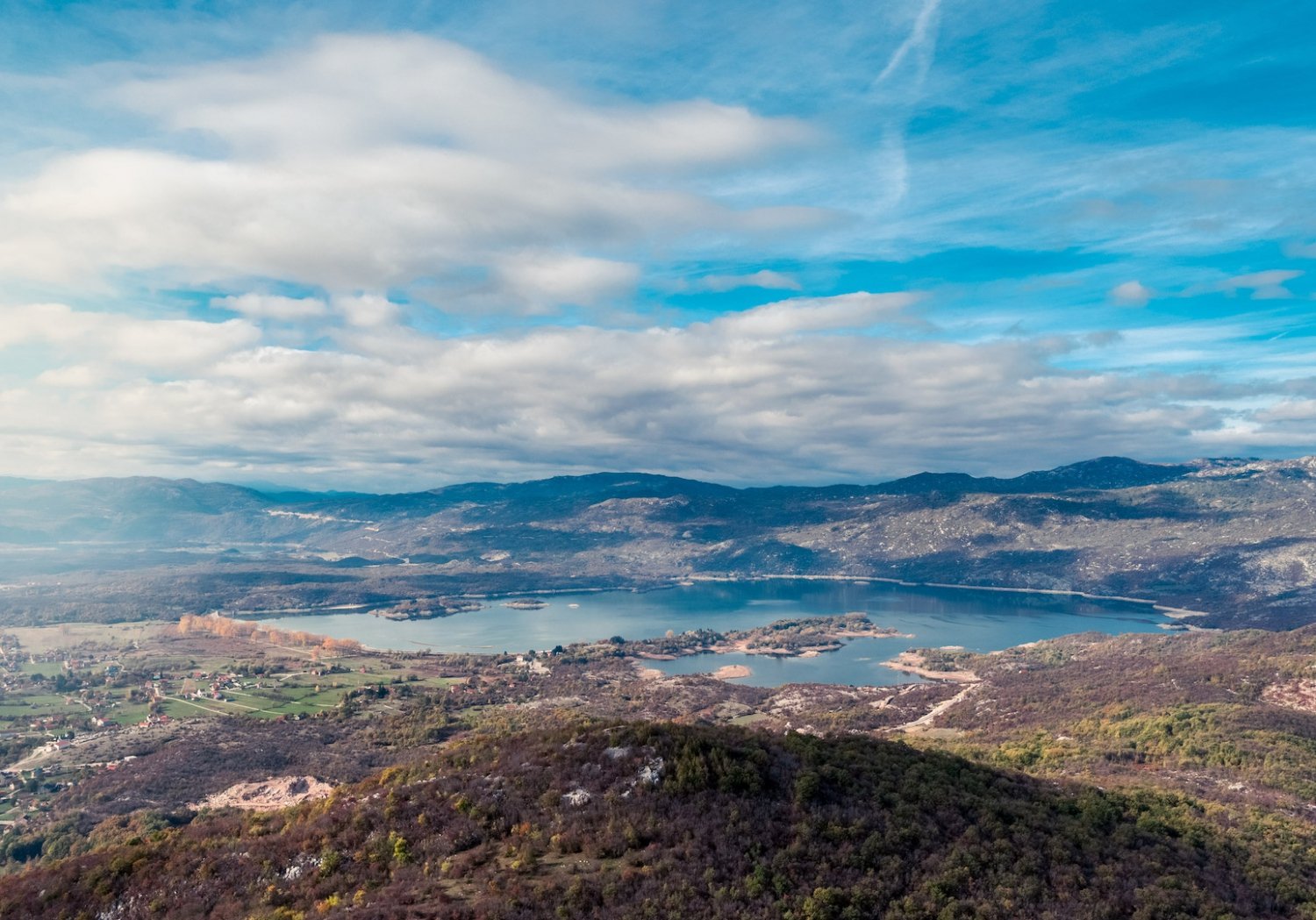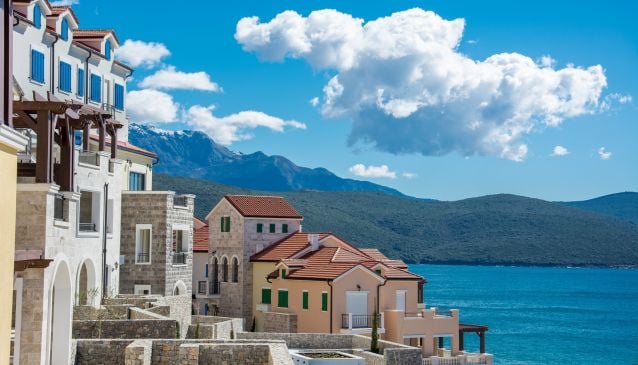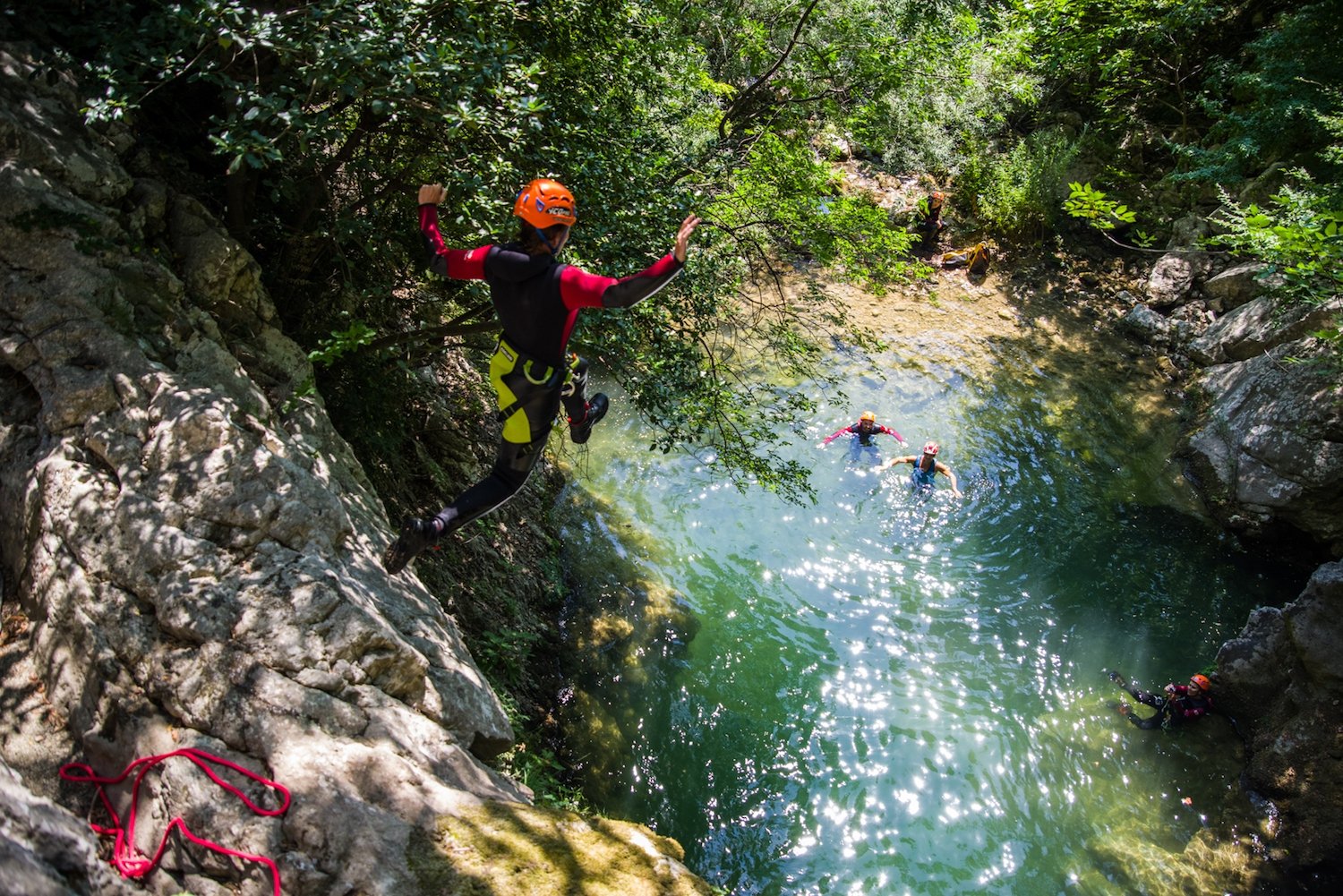Seasons in Montenegro
Book Top Experiences and Tours in Montenegro:
If youʻre booking your trip to Montenegro last minute, we have you covered. Below are some of the top tours and experiences!- Lake Skadar: Guided Panoramic Boat Tour to Kom Monastery
- Montenegro: Full-Day Tour to Lovcen National Park & More
- From Dubrovnik: Montenegro Day Trip
- Virpazar: Private Guided Lake Skadar Boat Tour
- From Tirana or Durres: Private Transfer to Budva & Kotor
- the Mediterranean,
- sub-Mediterranean,
- variants of temperate-continental, and
- mountain climate.
The best time to visit Montenegro would be the period from May to September when the summer season officially starts. The sun settles in May, and the days become warmer and longer. The snow is melting in the north, and the weather conditions are becoming extremely pleasant for various summer outdoors activities as temperatures rarely exceed 32°C (90°F).
Summer in Montenegro varies from warm and humid in the northern and western parts of the country, to dry and hot along the coast. Temperatures can reach levels up to 37.8°C (100°F), at the peak of the summer season. The warmest months in Montenegro are July and August, so the idea of a holiday in September is actually good, because it is neither too hot nor there is a lot of rain, and tourist crowds are starting to decrease slowly.
There are so many things to do during summers in Montenegro. Restaurants, cafes, and bars are in full swing, various events and manifestations are held, Montenegrin beaches are flooded with tourists, who enjoy the warm water and other various water attractions, as well as their visits to various cultural and historical sites around the country.
The arrival of autumn means a reversal in terms of temperature and the number of sun hours and days, but the weather conditions are still in the moderate range. October, as the peak of the autumn season in Montenegro, brings to the landscape pictures of the most beautiful colours but also brings a lot of precipitation, high humidity, and fog in the northern and continental regions. For those for whom such moderate weather conditions are bearable, and cheap accommodation is important, autumn is a cat’s whisker. Some of the activities you can do are enjoying the unique scenes of nature, a romantic walk by the sea, etc. If you get stuck during rainy days, look at what you can do in Montenegro during a rainy day.
With a cold December, full of precipitation, winter is slowly arriving in Montenegro. The winter season is characterised by heavy rainfall, with the mountains in the north and the central region receiving far more rainfall than the coast, which is also significantly warmer.
Snowfall is common in mountainous regions during the winter, and snow persists on mountain slopes until mid-spring. High mountain peaks, with over 2000m above sea level, record snowfall over 100 days a year and accumulate large amounts of snow, ice, and water. In winter, winter sports are most popular, and here you can check out the most popular places for skiing and snowboarding.
January and February are considered the coldest months of the year, and you will need warm winter clothes if you are visiting then.
March arrives in Montenegro with the first evidence of the arrival of the spring season. The temperatures are slightly warmer, days are longer and there are more sunny hours during the day. However, the weather conditions are still quite humid, and precipitation is still present in varying amounts, depending on the part of the country.
The spring landscape turns green and colourful everywhere, but early spring can surprise you with light snow, especially in the northern parts of the country, while in the south the conditions are much more mild and pleasant. This is one of the periods when it is ideal to visit Montenegro because there are no tourists, no crowds, the temperatures are ideal and you can enjoy the peace of nature in the mountains, organise a walk in one of the national parks, or visit the old towns on the coast.
What is, in your opinion, the best season to visit Montenegro?



